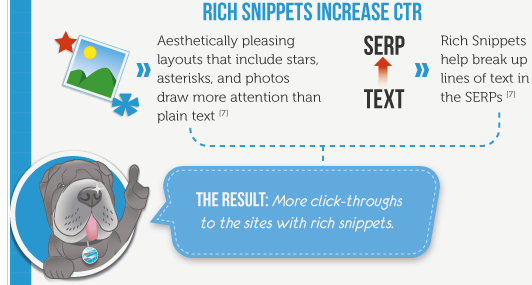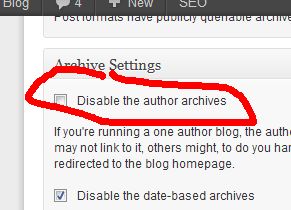 Ok, forgive me but it is time for a little rant here…
Ok, forgive me but it is time for a little rant here…
SEO SPAM (aka comment spam) is getting out of hand these days. Previously, it was only the SEO contest people that I had to worry about but now I’m seeing a dozen or more requests per day (it is growing rapidly) to moderate trash comments like “I hope you will continue your work. I want a blogengie blog as well. Try to implement it” or “half-blood prince is awesome” or “Deals on xxxxx at http://domain.com” or “A good information that could answer all my needs. Thanks for sharing.”
Not only is this very annoying to have to deal with but it is also kind of insulting to my intelligence. I mean do these people think that I’m stupid enough to not spot the trend of what they are doing? At least some are honest about it (see the Great Deals above) while others use names like Sue Dental to link back to their Dental Review sites or Harry Potter Movie that links to their Harry Potter Movie Reviews website.
And then there are those who chose to make generic “I’m doing something like this, You information has proven most helpful” on a “Welcome to our Blog” posting. Sheesh…
Now don’t get me wrong. I truly feel that marketing through social network sites, forums and blogs is a good idea but ONLY if you are truly able to add something to the ongoing conversation and/or community. Don’t just hire a bunch of people in some third-world nation to type inane comments into as many blogs as possible in the hopes that a few of them will go through. This is truly the same thing as what SPAM has effectively done to email. It has all but ruined it’s use as a productivity tool.
Someone recently said that as soon as something good comes along, lazy marketers and sleezy SEO slags (as opposed to those offering a legitimate SEO services) will ruin it by flooding it with inappropriate advertising.
Ok, I feel better now. But SEO SPAMmers beware, I’m onto you and will do what I can across the dozens of blogs that I manage to keep you at bay! Your first clue should be that I’m moderating my comments. And if your posts don’t end up getting approved, you can be assured it has been dumped into the bit bucket.
Any one have any LEGITIMATE comments to contribute to the conversation? Please do so below…


 Joost de Valk of Yoast fame, has written the definitive guide to rel=”author” and rel=”me” integration into WordPress. Or should I say it almost is the definitive guide.
Joost de Valk of Yoast fame, has written the definitive guide to rel=”author” and rel=”me” integration into WordPress. Or should I say it almost is the definitive guide.
 Have you found yourself in a situation where you’re experiencing a large drop in traffic from search engines to your website?
Have you found yourself in a situation where you’re experiencing a large drop in traffic from search engines to your website? 